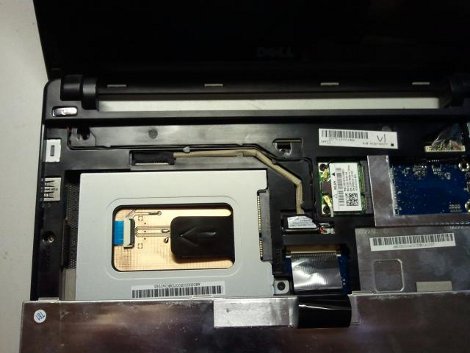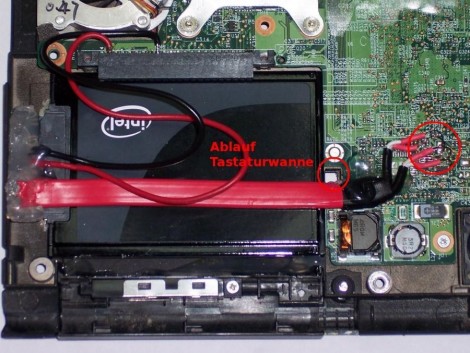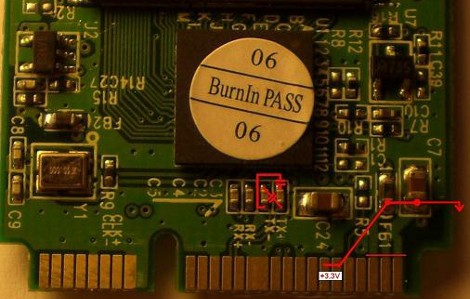
[Scott] was trying to fix a laptop, and we all know how that sometimes ends. Having a spare 128GB solid state drive and a Dell Mini 10 netbook to shove it in, there was only one problem, the drive did not have SATA connectors. That problem was taken care of like a pro with this FPC to SATA converter.
Inspired by our recent spot about Speeding up a ThinkPad, he was able to find information about the FPC connector from a similar Samsung model, order a SATA connector, FPC zero force connector and matching 24pin jumper. From there a board is designed to connect the two interfaces, taking notes of how other drives have their SATA traces laid out to ensure proper function.
The board is etched and connectors soldered, with every thing plugged in and tested, a little bit of glue is used to hold everything in the stock netbook’s drive sled, resulting in really fast boot times, and a factory look.
















